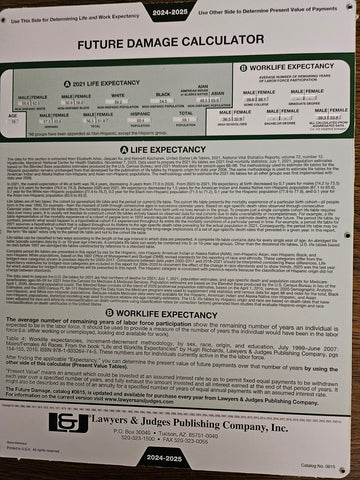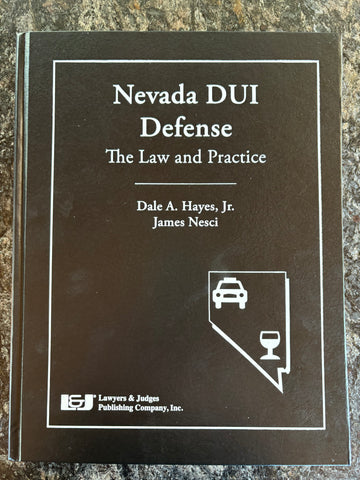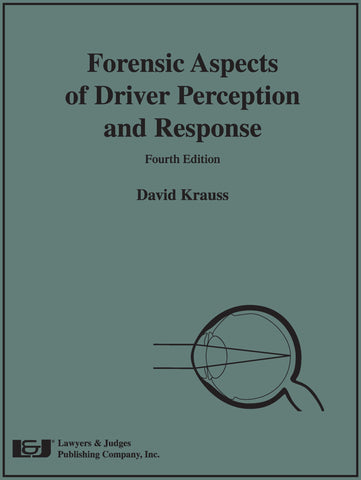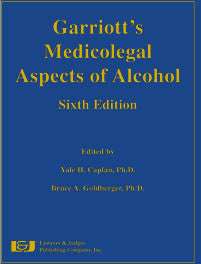
The Law of Human Remains
-
Author: Tanya Marsh
- ISBN 10: 1-936360-29-2
-
ISBN 13: 978-1-936360-29-1
-
Copyright Date Ed: August 11, 2015
-
Pages: 528
-
Binding Information: Casebound
- Size: 8.5 ✕ 11 Inches (US)
Human remains occupy an uneasy position in U.S. law. A human cadaver is no longer a person, but neither is it an object to be easily discarded. What, if anything, must be done with human remains? What cannot be done with human remains? What should be done with human remains? Before we can critique the law of human remains, we must first understand what the law is.
In The Law of Human Remains, Tanya Marsh, a nationally recognized expert in the law of human remains and cemetery law, collects, organizes, and states the legal rules and principles regarding the status, treatment, and disposition of human remains in the United States so that attorneys and courts can more easily discover, understand, use, and ultimately critique and reform the law.
Part I establishes an analytical framework for the law of human remains and presents an overview of significant doctrines. Part II provides a state-by-state summary of the common and statutory law examined in Part I. This book is designed to easily permit attorneys and courts to pinpoint a doctrine of interest, gain an overall understanding of it, then precisely locate the relevant law. This book argues that a distinct law of human remains exists and aims to begin the process of restating that law.
Table of Contents
Dedication and Acknowledgements
Introduction
Part I
Chapter 1: The Common Law of Human Remains
Introduction
1.1 Christian Influences
1.2 The English Law of Human Remains
1.3 The Early Common Law in the United States
1.4 The Old Brick Church and the Ruggles Report
1.5 General Principles of the Law of Human Remains
A. Principle #1: The courts of equity have jurisdiction over the dead, particularly after burial.
B. Principle #2: The preferences and religious beliefs of the decedent should be honored.
C. Principle #3: The rights of the next of kin to control the disposition of the dead should be respected.
D. Principle #4: Individualized human remains are more worthy of protection than de-individualized remains.
E. Principle #5: An individual decedent shall be committed to a single, memorialized grave in perpetuity.
F. Principle #6: The interests of the dead shall not trump the needs of the living.
G. Principle #7: There is no property in human remains.
1. Origins of the common law doctrine
2. The doctrine in U.S. common law
3. Conversion and 42 U.S.C. ß1983 claims
4. Human remains as quasi-property
Endnotes
Chapter 2: The Statutory Law of Human Remains
2.1 State Statutory Law
2.2 Federal Statutory Law
A. The Native American Graves Protection and Repatriation Act
1. Definitions
2. Protection of Burial Sites
3. Repatriation of Grave Goods
4. National Museum of the American Indian Act
B. Burial Benefits for Veterans
1. The National Cemetery System
2. Arlington National Cemetery
3. Burial Allowances
C. The Funeral Rule
1. General Price List
2. The Basic Services Fee
3. Casket Price List
4. Outer Burial Container Price List
5. Telephone Price Disclosure
6. Statement of Funeral Goods and Services Selected
7. Misrepresentations
8. Services Provided Without Prior Approval
9. Retention of Documents
Endnotes
Chapter 3: The Newly Dead
3.1 Legal Recognition of Death
A. Determination of Death
B. Determining Brain Death
3.2 Presumption of Death
A. Codification of the Common Law
B. Presumed Dead, Yet Actually Alive
3.3 Death Certificates
3.4 Obligations to Report Human Remains
A. General Obligation to Report Human Remains
B. Illegal Disposition of Human Remains
3.5 Inquests and Autopsies
3.6 Disposition of Unclaimed Remains
Endnotes
Chapter 4: Initial Disposition of Human Remains
Introduction
4.1 Decedent's Right to Determine Place and Manner of Disposition
A. English Law
B. U.S. Common Law
C. Statutory Law
4.2 Determining Rights and Obligations to Control Disposition
A. Common Law: Duty of Householders and Husbands
B. Common Law: Rights of Next of Kin
C. Statutory Law: Duties and Rights of Spouses and Next of Kin
4.3 Decedent's Right to Designate Agent
4.4 Nature and Scope of Interment Rights
A. Trespass Quare Clausum Fregit
B. Recovery for Mental Anguish
C. Constitutional Right
D. Limitations on Right of Sepulcher
4.5 Obligation of Expense of Funeral and Disposition
A. Obligations of Husbands
B. Statutory Preference for Funeral Expenses
4.6 In the Matter of the Estate of Mary Florence Whalen, Deceased
Endnotes
Chapter 5: Disposition Options
Introduction
5.1. The American Way of Death
A. The Rise of the Funeral Industry
B. Embalming
C. The Standard American Funeral and Disposition
5.2 Burial
A. Churchyards
B. Family Graveyards
C. Municipal Cemeteries
D. Rural Cemeteries
E. Lawn Cemeteries
F. The Law of Cemeteries
G. Caskets
H. The Law of Burial
5.3 Green Burial
5.4 Cremation and the Disposition of Cremains
A. Cremation
B. Disposition of Cremains
C. Unclaimed Cremains
5.5 Organ and Cadaver Donation
Endnotes
Chapter 6: Regulation of the Funeral Industry
Introduction
6.1 Historical Development
6.2 The Practice of Funeral Directing
6.3 Licensing Funeral Directors
6.4 Licensing Embalmers
6.5 Licensing Funeral Homes
6.6 Transportation of Human Remains
6.7 Pre-Need Contracts
Endnotes
Chapter 7: Treatment of Human Remains
Introduction
7.1. Abuse of a Corpse
7.2. Disinterment
7.3. Grave Desecration
7.4. Possession and Sale of Human Remains
7.5. Protests at Funerals
A. Federal Statutory Law
B. State Statutory Law
Endnotes
Part II
Chapter 8: Introduction to Part II
Chapter 9: Alabama
Chapter 10: Alaska
Chapter 11: Arizona
Chapter 12: Arkansas
Chapter 13: California
Chapter 14: Colorado
Chapter 15: Connecticut
Chapter 16: District of Columbia
Chapter 17: Delaware
Chapter 18: Florida
Chapter 19: Georgia
Chapter 20: Hawaii
Chapter 21: Idaho
Chapter 22: Illinois
Chapter 23: Indiana
Chapter 24: Iowa
Chapter 25: Kansas
Chapter 26: Kentucky
Chapter 27: Louisiana
Chapter 28: Maine
Chapter 29: Maryland
Chapter 30: Massachusetts
Chapter 31: Michigan
Chapter 32: Minnesota
Chapter 33: Mississippi
Chapter 34: Missouri
Chapter 35: Montana
Chapter 36: Nebraska
Chapter 37: Nevada
Chapter 38: New Hampshire
Chapter 39: New Jersey
Chapter 40: New Mexico
Chapter 41: New York
Chapter 42: North Carolina
Chapter 43: North Dakota
Chapter 44: Ohio
Chapter 45: Oklahoma
Chapter 46: Oregon
Chapter 47: Pennsylvania
Chapter 48: Rhode Island
Chapter 49: South Carolina
Chapter 50: South Dakota
Chapter 51: Tennessee
Chapter 52: Texas
Chapter 53: Utah
Chapter 54: Vermont
Chapter 55: Virginia
Chapter 56: Washington
Chapter 57: West Virginia
Chapter 58: Wisconsin
Chapter 59: Wyoming
About the Author




